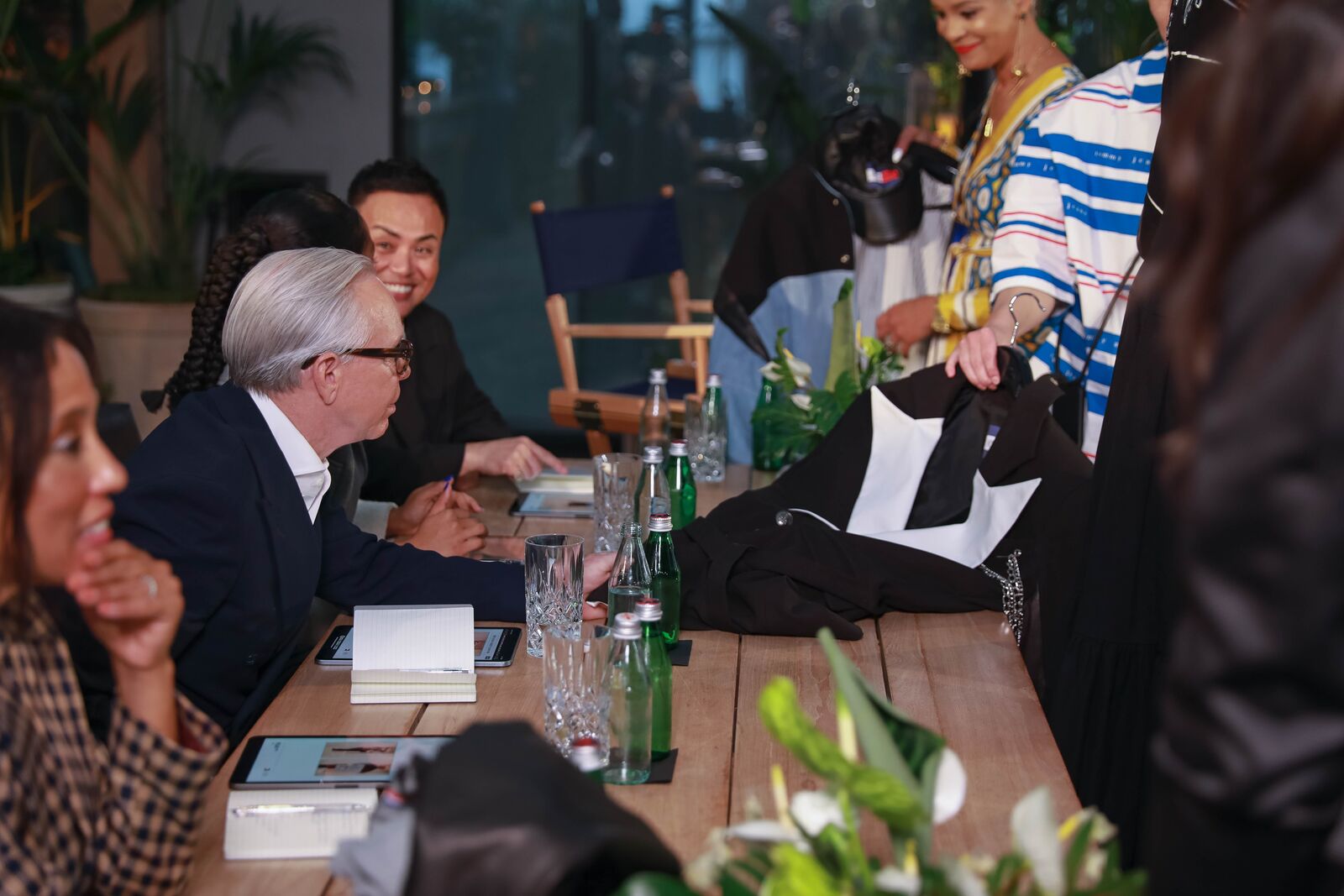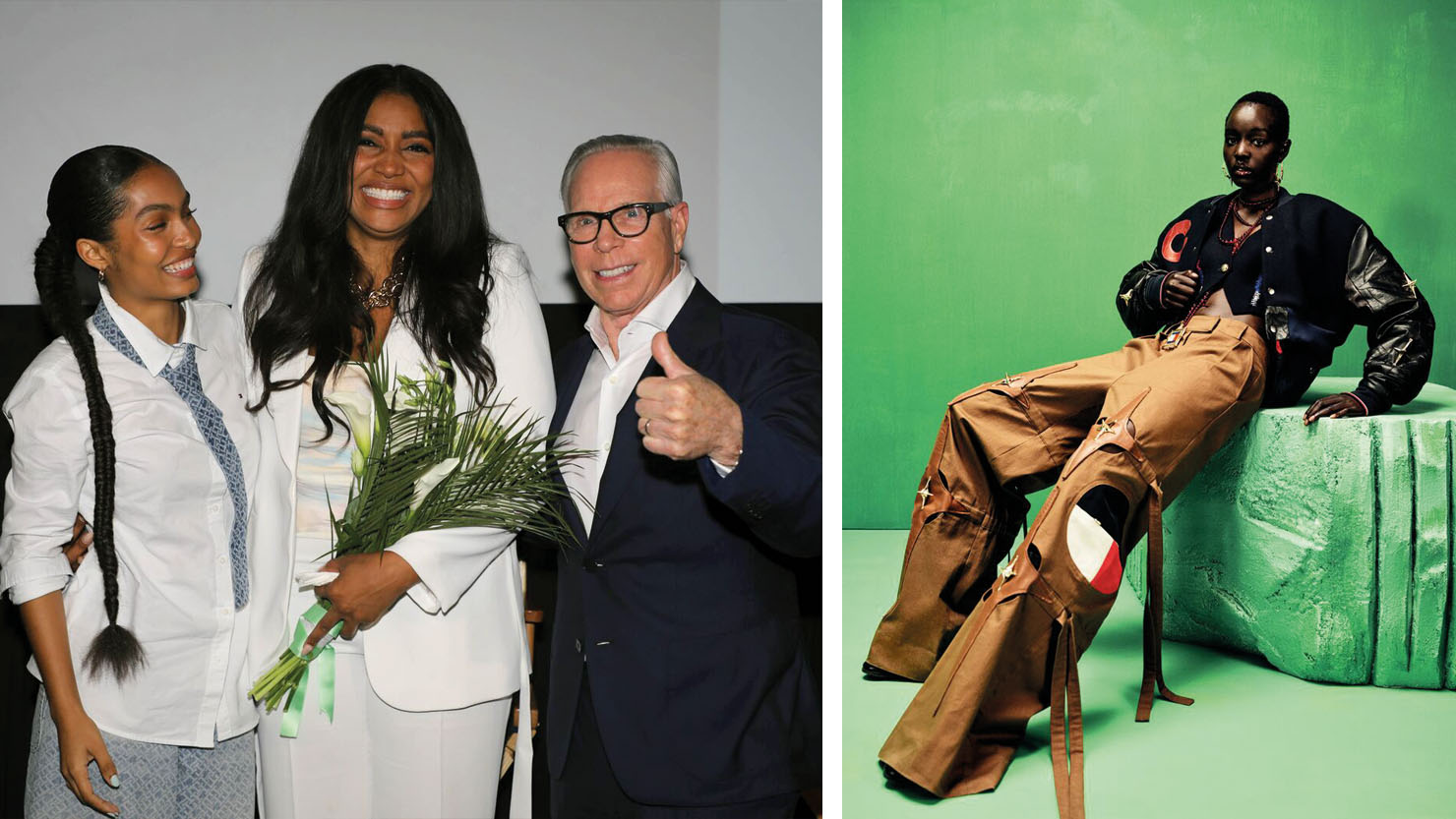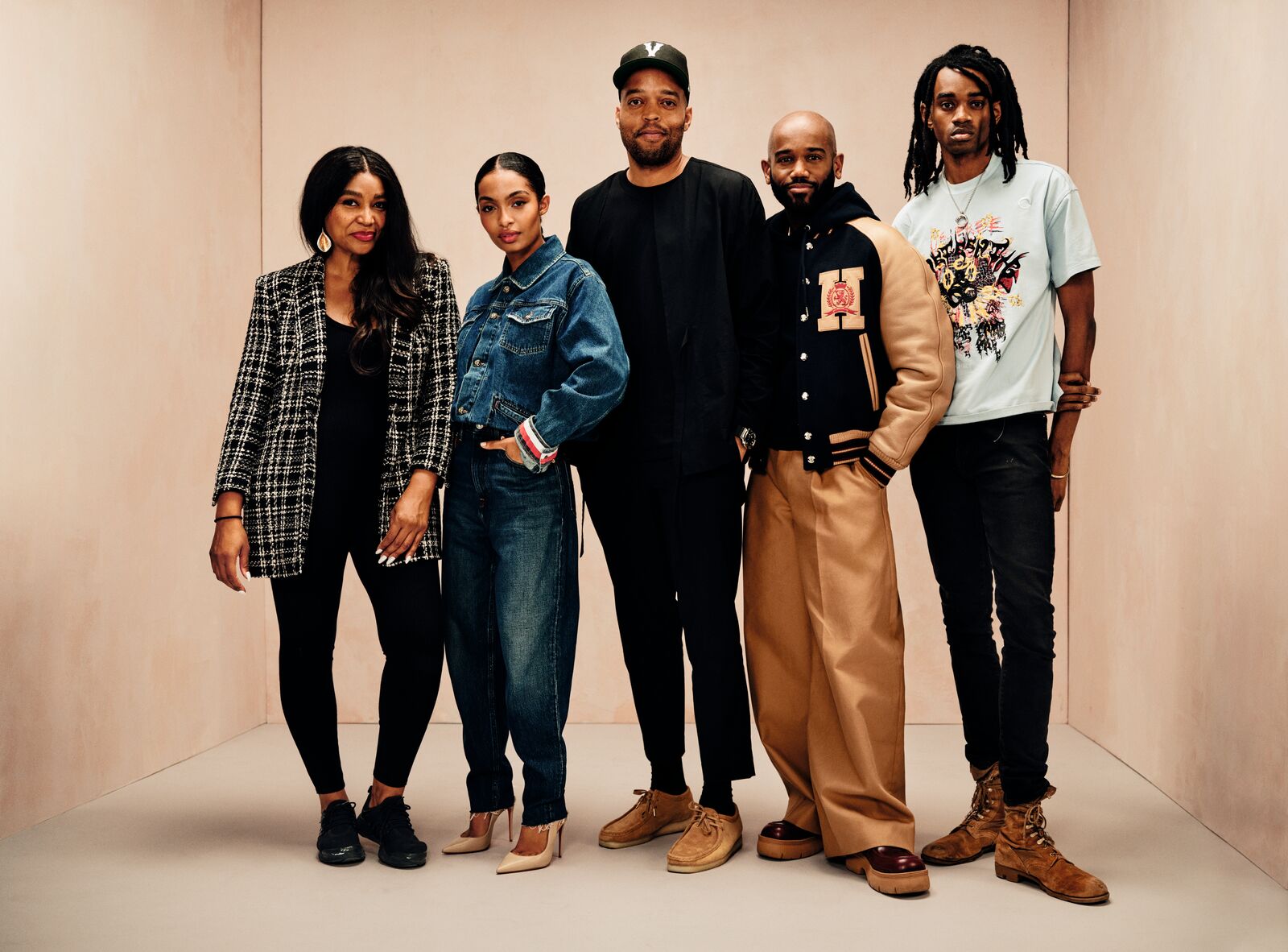What if we could build a future of fashion where everyone feels welcome and has equal opportunity to share their point of view? This is the dream that drove us to launch the People’s Place Program, a platform dedicated to creating real and actionable change within our industry by cultivating and celebrating the next generation of Black, Indigenous and People of Color (BIPOC) creators, original thinkers and innovators.
Launched in July 2020, the program takes its name from Tommy Hilfiger’s original store in Ithaca, New York. Tommy created the People’s Place as a dedicated space for people from all walks of life to come together to enjoy art, music, fashion and pop culture. Shaped by the cultural revolution of the 1960s, the original store fostered an exchange of ideas, encouraged authentic self-expression and challenged social norms.

It is in this spirit that the new People’s Place Program has been founded and will continue to expand. The program amplifies the company’s efforts and dedication of resources to increasing opportunities and visibility for underrepresented communities within the fashion and apparel industries around the world.
The People’s Place Program is a cornerstone in our efforts to open the door to everyone who has been left out by fashion. This welcoming spirit has always been at the heart of our brand, and we are here to do more and to do better.
Tommy Hilfiger
When we created this program, one of our most important considerations was to make sure that it would work as an industry-wide call to action and create tangible, long-term impact on the community. To ensure its success, we structured it around three key pillars: Partnerships, Career Access and Industry Leadership.
The Partnerships pillar seeks to enhance the total talent pipeline by focusing on collaborations that increase BIPOC visibility. We seek out and partner with organizations and creatives whose mission is to advance representation and equity in the industry.

For Career Access, we use our resources to level the playing field when it comes to career opportunities by providing access to information, mentorship, physical materials, specialist advice, industry introductions and more.
Finally, Industry Leadership means a commitment to an independent, sector-wide assessment of diversity, equity and inclusion. We will work towards creating internal action plans that can also be shared with the broader fashion industry.
From the beginning, this program was created to serve as the blueprint to create meaningful, long-term change in fashion by giving designers the access, resources and mentorship that are crucial to their success.
Randy Cousin, SVP, People’s Place Program and Head of Tommy Hilfiger Lab
Self-expression is at the core of what makes our brand unique. Through the People’s Place Program, we champion differences and create a sense of belonging for the community at large. We hope that through our efforts, we can pay homage to the cultures that laid the foundation for what fashion is today, give access to and share resources with the next generation of fashion leaders and blaze a vibrant new trail towards the future.

The People’s Place Program in Action
TH X Indya Moore
A capsule of universal pieces, (re-)designed for every body in collaboration with transgender, non-binary actor and activist, Indya Moore.
TH x Romeo Hunte
A capsule of archive pieces reconstructed, for today, co-created with Brooklyn designer and longtime Tommy Hilfiger mentee, Romeo Hunte.
The New Legacy Challenge
In partnership with Harlem’s Fashion Row, a competition challenges emerging BIPOC designers to reimagine six iconic styles, with support and mentorship from the Tommy Hilfiger Team and friends of the brand. Recent finalists have been Jameel Mohammed, Megan Smith and Tavon Davis. Click to read more.
The Invisible Seam: Unsung stories of Black Culture and Fashion
Hosted by fashion educator Kimberly Jenkins, this five-part podcast series seeks explores moments in history when Black Americans demanded respect, challenged norms, built community and imagined the future – all through what they wore. Click to listen.
